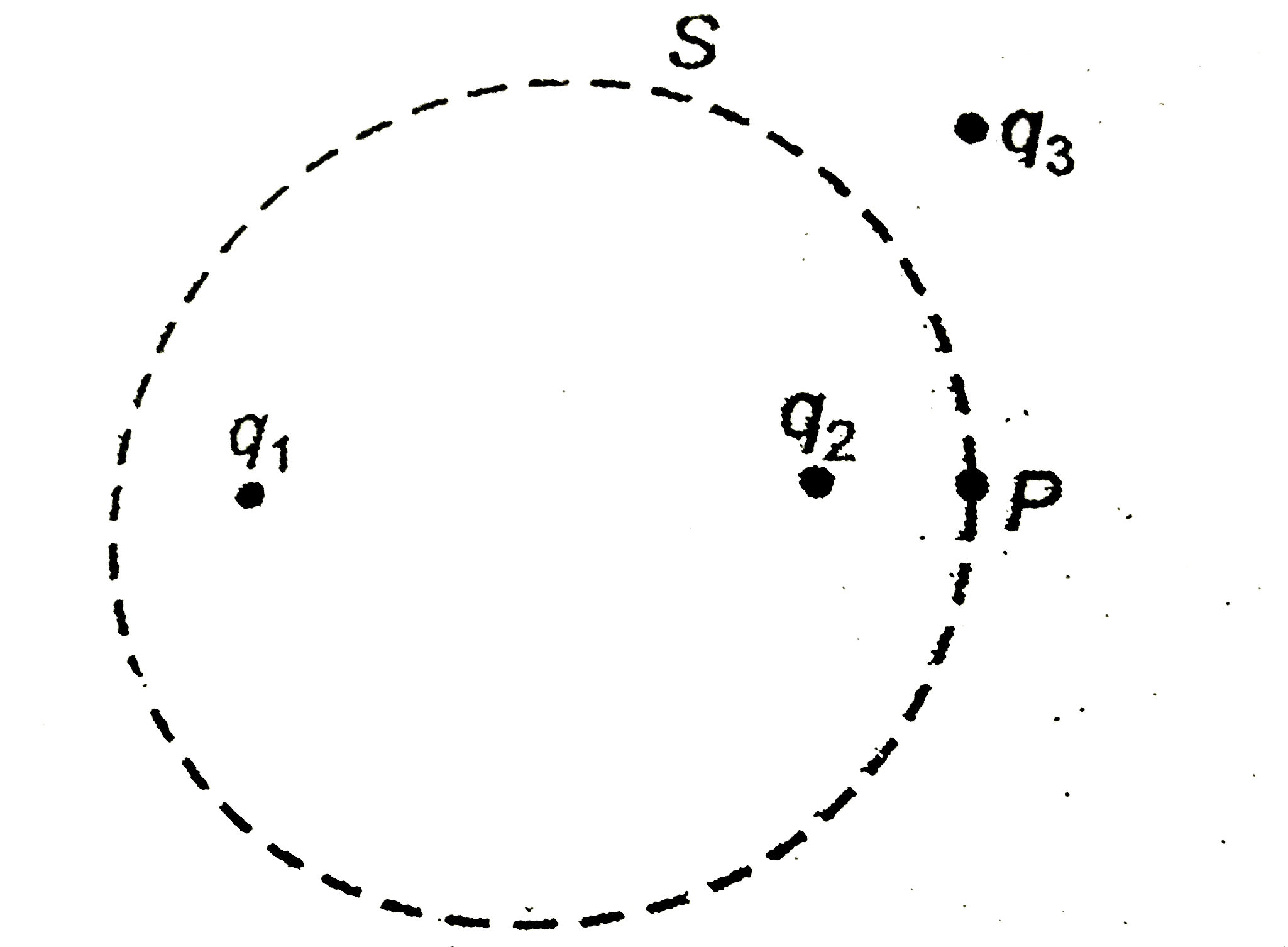S1: When a positively charged particle is released in an electric field , in its subsequent motion,it may or may not move along the electric field line passing through the point it has been released.
S2: In electrostatic, conductors are always equipotential surfaces.
S3: The flux through a closed Gaussian surface is non-zero. The electric field at some point on the Gaussian surface may be zero.
TTF
FTF
TTT
FFF
The correct Answer is:C
Step by step video, text & image solution for S_1: When a positively charged particle is released in an electric field , in its subsequent motion,it may or may not move along the electric field line passing through the point it has been released. S_2: In electrostatic, conductors are always equipotential surfaces. S_3: The flux through a closed Gaussian surface is non-zero. The electric field at some point on the Gaussian surface may be zero. by Physics experts to help you in doubts & scoring excellent marks in Class 11 exams.
Updated on:21/07/2023Topper's Solved these Questions
Similar Questions
Knowledge Check
If the net electric field flux passing through a closed surface is zero, then the electric field at the surface will be
A0Bsame at all placesCdepends upon the location of pointsDinfiniteThe flux of electric field due to these charges through the surface S is
 A2qε0B3qε0C−5qε0Dqε0
A2qε0B3qε0C−5qε0Dqε0Three point charges are placed as shown in the figure. S is a gaussian surface ϕ is the net flux passing through surface A and E be the electric field at point P on the surface, then
 AFlux ϕ is due to q1 and q3 onlyBFlux ϕ is due to q1 and q2CElectric field at point P is due to q1 and q2 onlyDFlux ϕ is due to q3 only
AFlux ϕ is due to q1 and q3 onlyBFlux ϕ is due to q1 and q2CElectric field at point P is due to q1 and q2 onlyDFlux ϕ is due to q3 only
“For any charge configuration, equipotential surface through a point is normal to the electric field.” Justify.
View SolutionFor any charge configuration equipotential surface through a point is normal to the electric field. Justify.
View SolutionA positive point charge is placed in an external electric field. When we release the point charge in a state of rest then electric force acting on it starts moving it. Will the point charge always follow the electric lines of force?
View SolutionA point charge 4μC is at the centre of a cubic Gaussian surface 10 cm on edge. Net electric flux through the surface is
View SolutionSTATEMENT-1 : In any condition the electric field inside a conductor is always zero.
STATEMENT-2 : Under electrostatic condition, conductor is a equipotential volume.
STATEMENT-3 : Electric field just outside a conducting surface is σ2∈0
View Solution